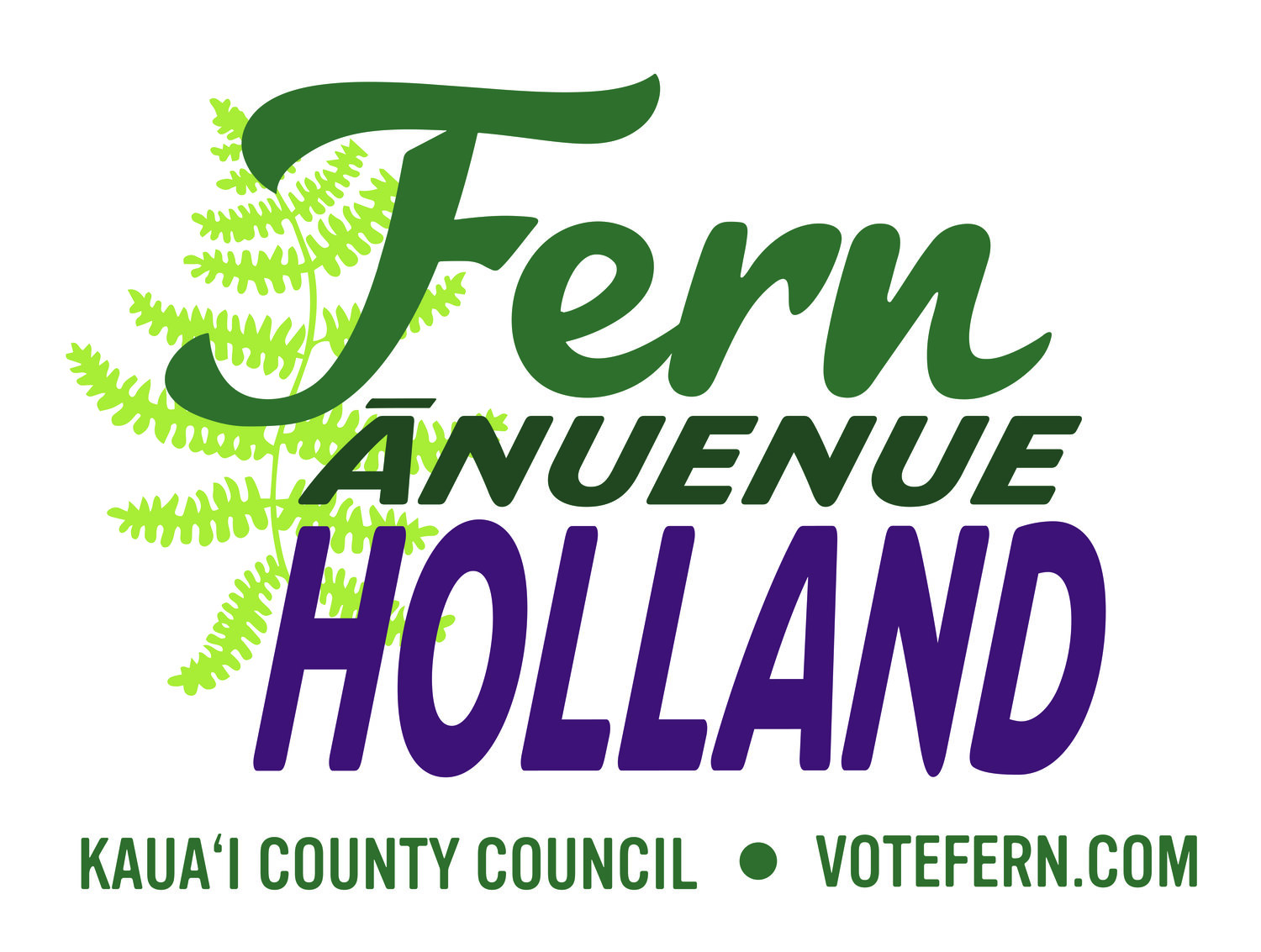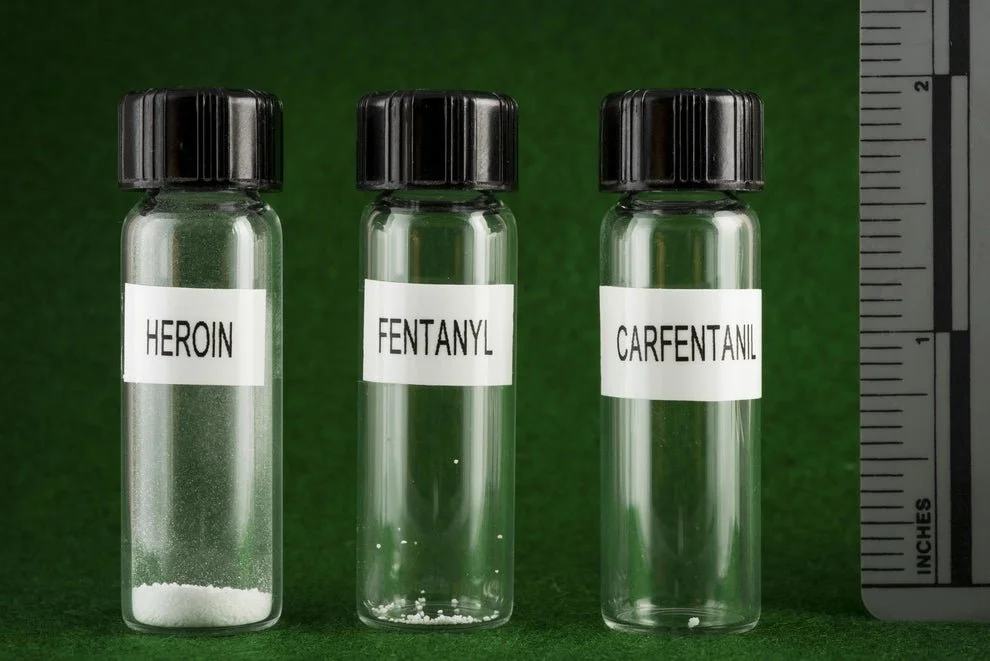Over the last two days I caught up on the conversation around the recent proposal brought before council regarding TVR property tax rates increasing to fund affordable housing. Many people have been asking my take on the issue and how I would have voted. As a candidate for council I feel compelled to answer that and be transparent about where I stand.
I would have voted yes on the proposal and strongly support the intent.
The benefits of this seem to be:
1. Obtaining funds directly from tourism to funnel into affordable housing (officially this year and in theory for many into the future)
2. Increased affordable housing projects, infrastructure and housing needs
3. Pressure on TVRs to return to long term rentals for residents, and
4. Hopefully, although Im not too hopeful of how much, make our housing market a little less enticing with higher property tax rates for investors which hopefully results in a slow in overall investment purchases and the skyrocketing property prices, but again not so hopefully that it will be enough to do this.
My thoughts are that we are in an extremely dire situation (lack of housing) and while no measure will be perfect (as public policy is often broader strokes) we have to do what we can within our limited tool box of options as a County Council. This is one of them, and I think it’s needed and appropriate.
A raise in TVR property tax rates will not deter the rich from buying here, or tourism overall.
We have some of the cheapest property taxes in the US overall and the lowest for TVRs of any county in Hawai’i. Feels like we are basically encouraging people from other states to buy up properties here with these low rates, why?
The money would be well spent if dedicated to infrastructure and housing for local families that are literally being pushed off island with no housing, one-less affordable housing, options.
As is normal with business, those tax increases will simply be passed on to the visitor regardless.
I am not yet clear on the claim that nearly half of the Kaua’i TVRs are associated with local resident addresses and what that truly means in the sense of how many are actually owned full time residents of Kaua’i, my understanding is even if the TVR was owned by a local resident, they could choose to pass on that increase to their transient guests or move the house into long term leases for local families and not pay the higher tax rate, which is part of the goal to make it more enticing to rent to families rather than transient accommodation.
Even if the TVR investor tax increase is significant, because all costs are passed on to the tourist who is renting, I don’t see how it would cause anyone to lose their home. I invite anyone who feels like this would impact them in this way to please reach out and help me understand how and why.
For those homes that are owner occupied, they would be excluded, so those that are living in the home, and TVRing part of it, would not see any increase. If you are a local who owns multiple homes and are short term renting one or more of them, I feel that the higher tax rate for that property is justified, and likely just be passed on.
I believe we need a role, either in the county or in a proposal like this (and maybe it exists and needs promoting) that helps local families through exactly what the brackets are, what the triggers and requirements are, etc, with the goal to provide clear assistance that guides people relating to this issue and ensuring they aren’t caught out in a higher bracket not meant for them. This will help the few that may be negatively impacted or mislabeled in the wrong bracket. Hopefully this would also help generational family properties to ensure their taxes do not increase even when properties around them do.
People that are mislabelled or missing something to qualify for the less tax bracket should just be helped and the increased charges waived. If there is a problem with assistance or appeals lets fix it. If there is a problem in implementation, then we fix it, but we dont not implement it right? Addressing a system to help people not slip through the cracks, do the paperwork etc is critical clearly regardless of changes or exisiting situations, people need guidance and a grace period.
When it comes to the debate about permanent earmarking of the money beyond this year, I get the concern. While to me if it’s intended for this and our council is held accountable by the Kaua’i constituents and affordable housing is the largest concern again next year, it seems expected that a good council would respect that and continue to allocate those funds to affordable housing. If they didn’t, like everything in the budget, the council should be held accountable by voters for how those funds are spent and if there is something more dire eventually that we need to spend it on so be it, but it’s part of ensuring all our funds are well spent. However that isn’t a guarantee, clearly, so I understand the desire and the concern about including that it is permanently earmarked. My understanding is that can only happen via a charter initiative and to do that we would first have to generate the funds (which this measure does) then come back and permanently earmark through charter amendment (which no the measure doesn’t do). So it sounded like to get the charter amendment on the ballot and approved we would first have to generate those funds to earmark during a proposed measure such as the one that failed last week. Or we pass the charter amendment, come back the following year and approve this proposed change to TVR rate.
Bottom line is we have to do something to turn the tide on our housing crisis and this is a place to start. I would have supported the proposal.










